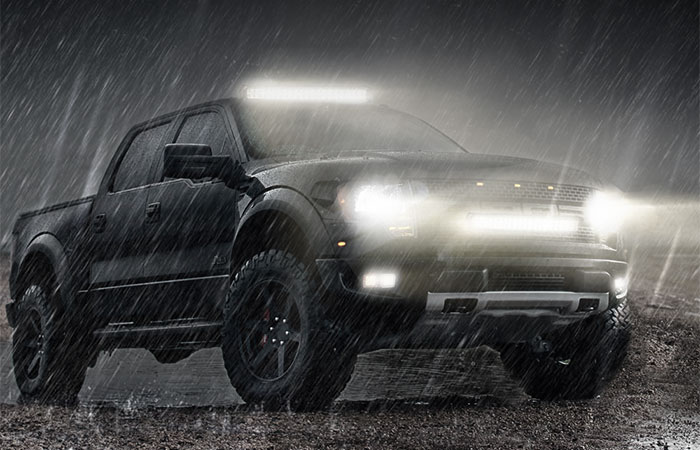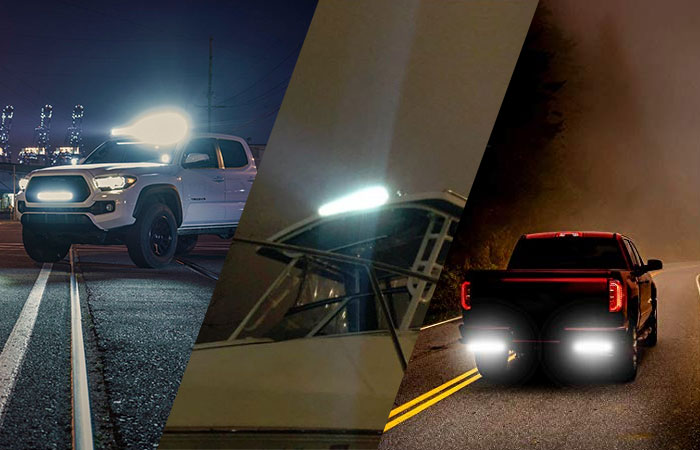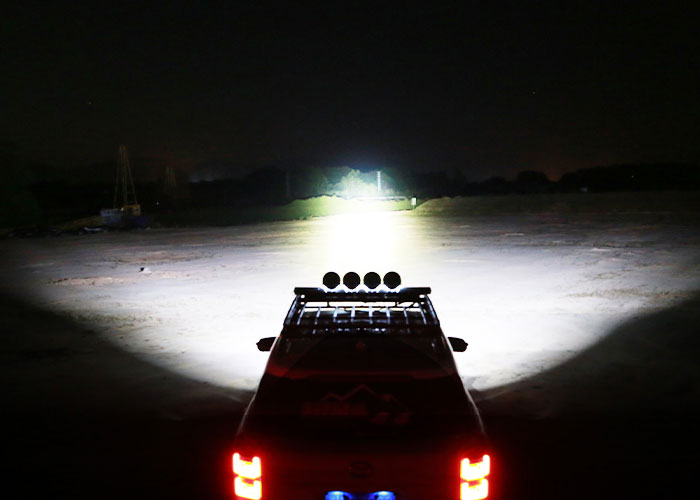Driving at night or in tough weather conditions requires more than just good instincts—it demands reliable lighting. And if you’re still using old halogen or low-performance lights, you might be compromising safety without even knowing it. LED driving lights have become the new standard in the automotive world, and for good reason: they're brighter, more efficient, and longer-lasting.
.jpg)
Here are five clear signs it’s time to upgrade to LED driving lights.
1. Your Current LED Driving Lights Are Too Dim for Night Driving
One of the most common complaints with aging halogen or older HID lights is fading brightness. Over time, these lights degrade and produce less usable light, especially noticeable on rural or unlit roads. If you’re struggling to see road signs, animals, or hazards until the last second, your lights could be the problem.
A LED driving light produces a more powerful and focused beam, often reaching over 1 kilometre depending on the model. They also offer higher lumen output and better colour temperature (typically 5700K–7500K), which means a brighter, whiter light closer to daylight—making night driving much safer.

2. You’re Frequently Replacing Burnt-Out Bulbs
Traditional halogen bulbs tend to burn out every 500 to 1,000 hours. If you're constantly replacing globes or noticing flickering, it's a sign your lights are reaching the end of their lifespan.

In contrast, the best LED driving lights can last upwards of 30,000 to 50,000 hours. That’s years of consistent performance with minimal maintenance. If you’re tired of constant replacements or dealing with unreliable lighting mid-trip, upgrading to LEDs is a no-brainer.
3. Your Lights Overheat or Fog Up
Older light housings, especially in halogen systems, can generate a lot of heat, which may lead to condensation or fogging inside the lens. This not only reduces visibility but can also lead to electrical issues.
Modern LED lights are built with advanced heat sinks and weatherproof seals, often rated IP67 or IP68. These features keep internal temperatures stable and the lenses clear—ensuring optimal performance even in rain, dust, or mud.

4. Your Power System Is Under Strain
Halogen and HID lights typically draw more power than modern LEDs. If you’ve noticed dimming interior lights, slow-starting accessories, or even battery issues after using your driving lights, it could be a sign your system is under unnecessary strain.
LED driving lights are far more energy-efficient, drawing significantly less current for the same (or greater) brightness. That means better performance with less stress on your vehicle’s electrical system, especially helpful for older 4WDs or utes with multiple aftermarket accessories.

5. You Want Better Coverage and Customisation
Old lights often come with basic reflectors and limited beam angles. You either get a narrow spot beam or a short-range flood—not both. LED driving lights today offer combo beam patterns, giving you the long-range reach of a spotlight with the wide spread of a flood beam in one unit.

Plus, LEDs come in all shapes and sizes—round, rectangular, dual-row, single-row, even curved options. Whether you're hitting the outback, towing at night, or navigating city roads, there's an LED light setup that fits your driving style perfectly.
Drive Smarter, Drive Safer
If you’ve noticed any of these signs, it's likely your old lights are holding you back. Upgrading to a driving LED light isn’t just about aesthetics—it’s about safety, reliability, and performance. With their brighter output, energy efficiency, and longer lifespan, LEDs are a smart investment for any driver who takes visibility seriously.
Whether you're off-roading, commuting, or just driving at night more often, don’t wait until your current lights fail you. Make the switch and see the road ahead—literally—in a whole new light.
Did you enjoy reading this article?
Stay updated on our latest deals and promos by following our social media accounts.
Find this article helpful? Don't forget to click on the share buttons below.

.jpg)




